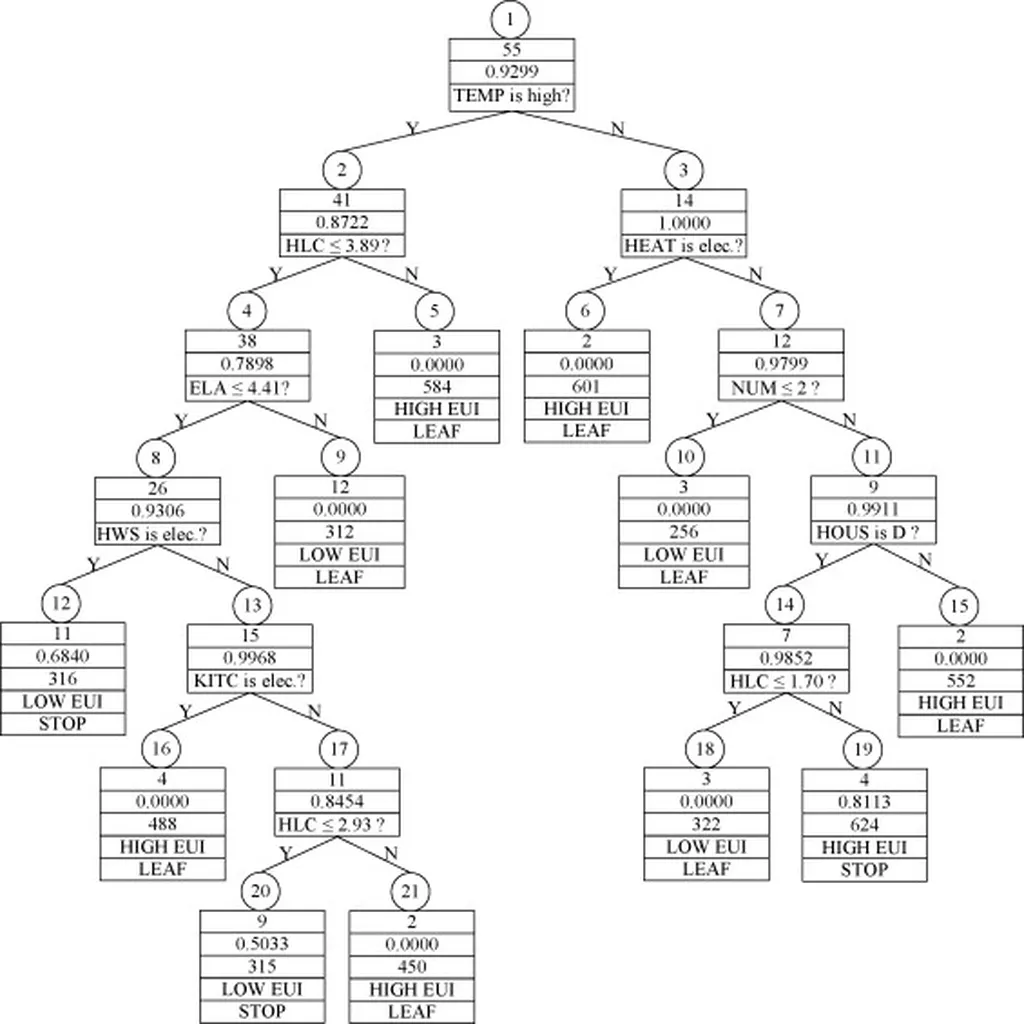In the realm of data-driven decision-making, classification trees have long been a staple tool, helping industries like energy to sort through complex datasets and make informed choices. However, the process of constructing these trees has often been time-consuming and computationally intensive. A recent study published in *Informatyka, Automatyka, Pomiary w Gospodarce i Ochronie Środowiska* (which translates to *Information Technology, Automation, Measurements in Economy and Environmental Protection*) offers a promising solution to these challenges, with potential implications for the energy sector.
The research, led by Igor Povkhan from the Department of Systems Software at Uzhhorod National University, introduces a novel method for constructing classification trees based on group selection of discrete features. This approach aims to streamline the decision-making process by evaluating the importance of groups of features collectively, rather than individually.
“Our method tries to identify a group of the most closely interrelated discrete features,” Povkhan explains. “This reduces the overall structural complexity of the model, speeds up calculations when recognizing objects based on the model, and increases the generalizing properties of the model.”
In the energy sector, where vast amounts of data are generated daily, the ability to quickly and accurately classify information is crucial. From predicting equipment failures to optimizing energy distribution, the applications are vast. By reducing the complexity of classification trees, this method could lead to faster, more efficient decision-making processes.
Moreover, the proposed scheme allows for the assessment of the informative value of features, providing a more nuanced understanding of the data. This could be particularly beneficial in the energy sector, where understanding the interplay between different variables can lead to more effective strategies.
The study also highlights the potential for further research, suggesting that the method could be optimized and tested on a wider range of applied problems. As Povkhan notes, “Prospects for further research may consist in creating a modified method of the logical classification tree by effectively iterating and evaluating sets of elementary features based on the proposed method.”
The implications of this research extend beyond the energy sector, with potential applications in any field that relies on data-driven decision-making. However, for the energy industry, the promise of faster, more efficient classification could be a game-changer, paving the way for more intelligent, responsive systems.
As the energy sector continues to evolve, the need for sophisticated data analysis tools becomes ever more pressing. This research offers a glimpse into the future of classification trees, promising a more efficient, effective way to harness the power of data.

